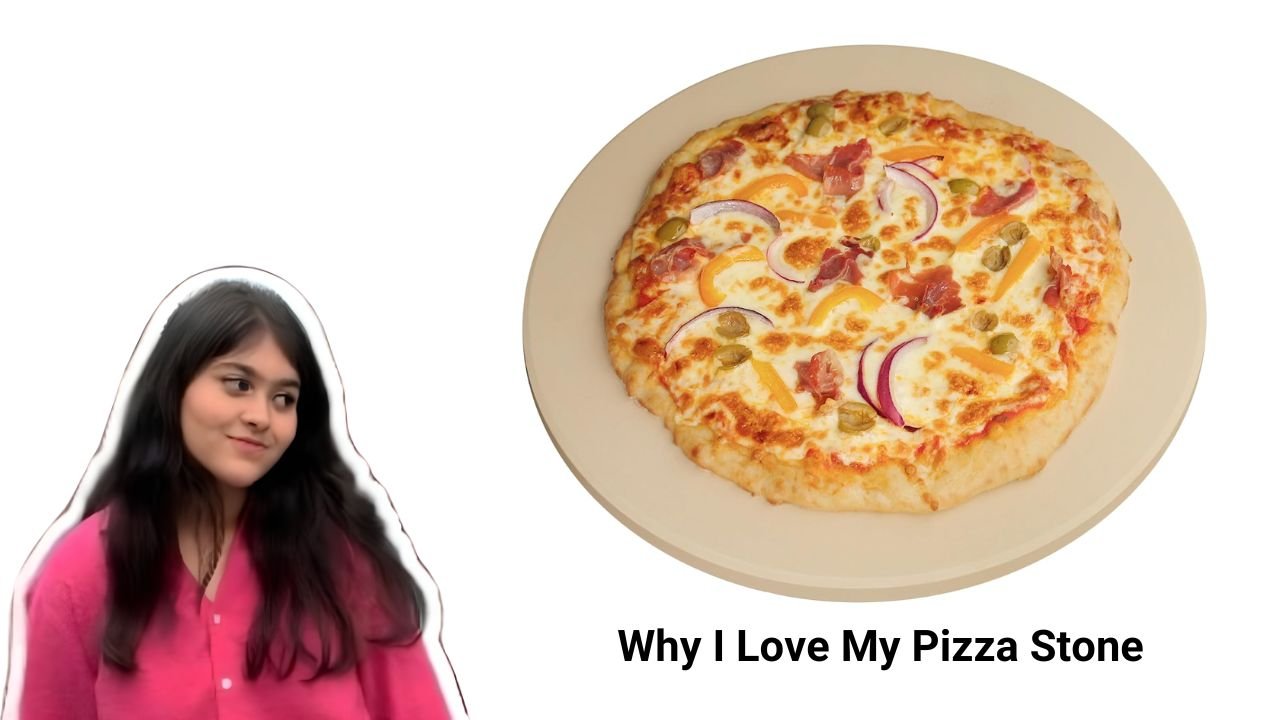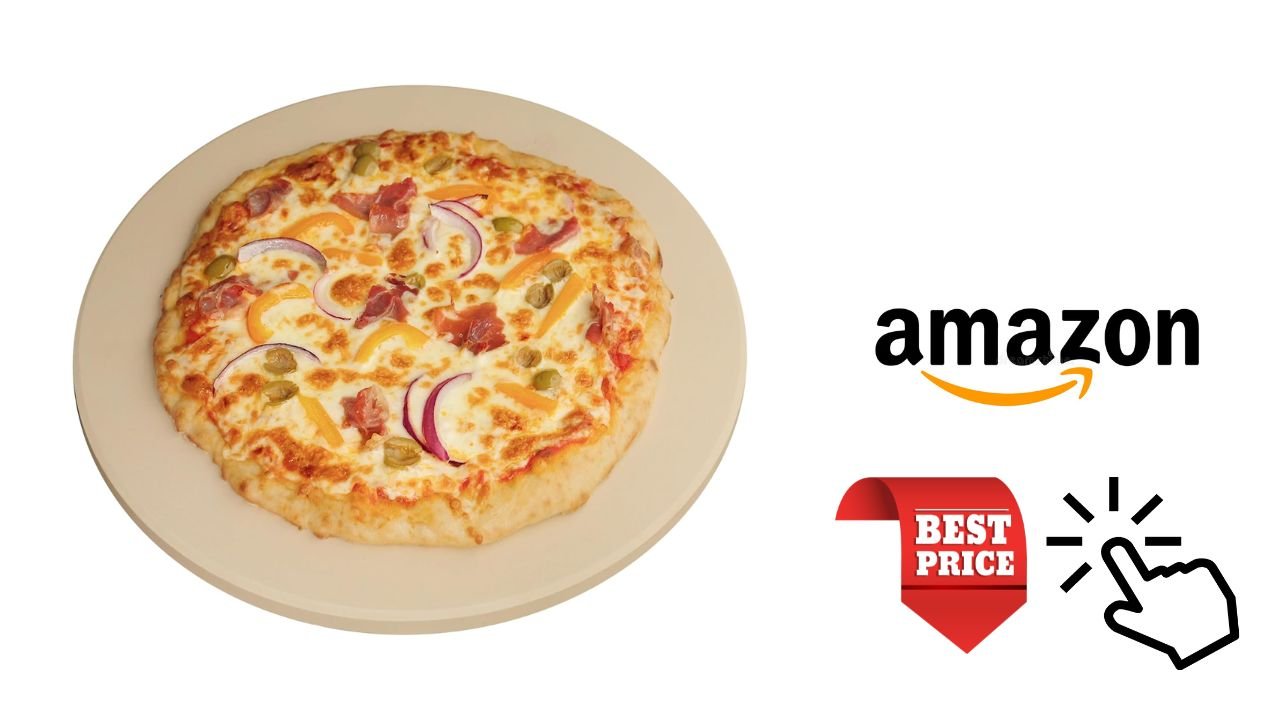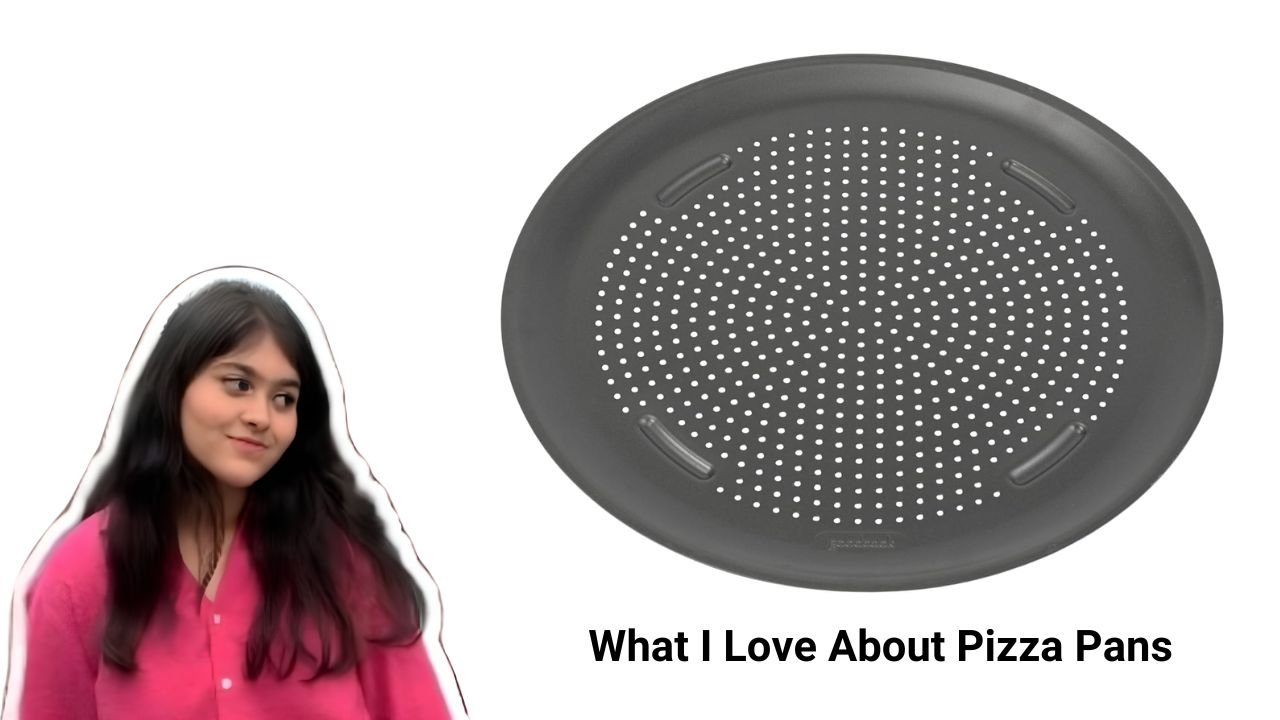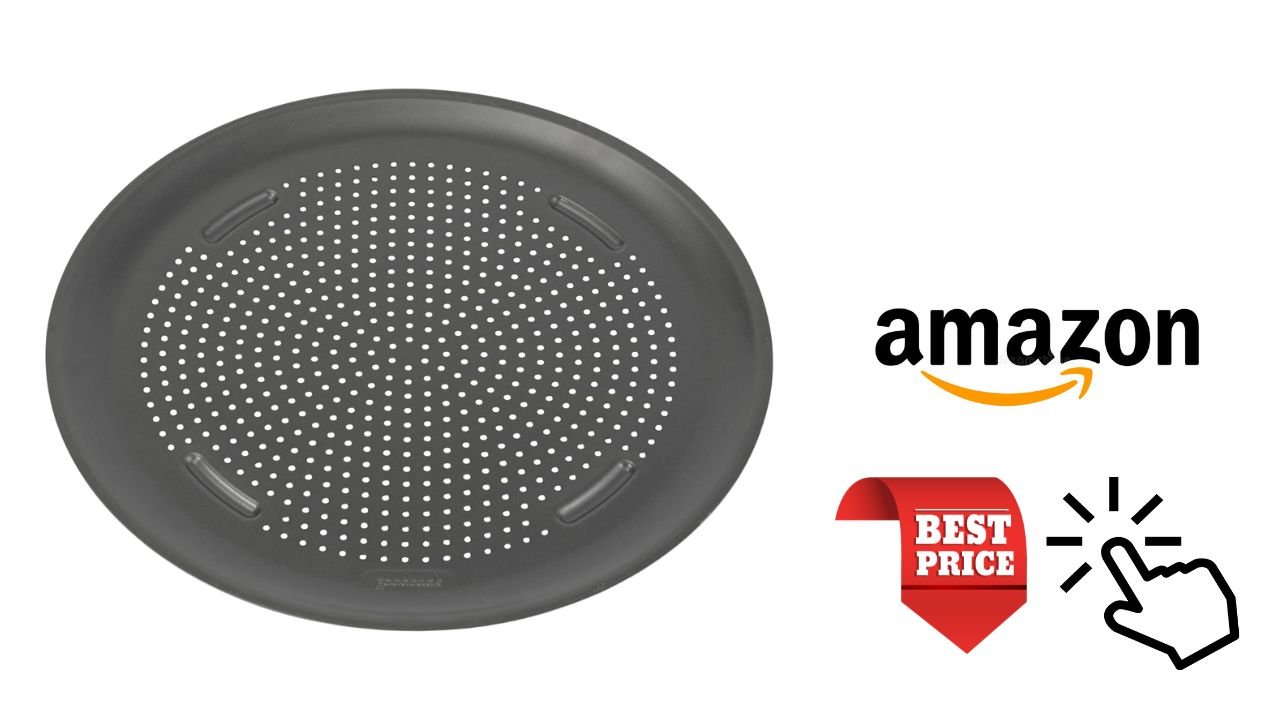When comparing Pizza Stone vs Pan, the stone offers better crispiness and even cooking, while the pan is faster, more versatile, and easier to clean, making it ideal for casual use.
Making pizza at home is one of life’s simplest joys. Whether it’s a thin-crust masterpiece or a thick, cheesy delight, the tools you use can make or break the experience. Over the years, I’ve experimented extensively with a pizza stone and a pizza pan, and I’m here to share my findings. Choosing between these two can seem daunting, but understanding their differences can help you achieve your ideal pizza.
This article dives deep into the pizza stone vs pan debate, covering everything from performance to maintenance. By the end, you’ll have a clear idea of which tool works best for your kitchen and cooking style.
Why the Right Pizza Tool Matters?
When I first started making pizza at home, I underestimated how much the baking surface affected the final result. Whether you want a crispy crust or a soft, chewy base, the tool you use plays a vital role.
Here’s why choosing between a pizza stone and a pizza pan is essential:
- They impact heat distribution and crust texture.
- Your cooking process can vary significantly with each tool.
- Maintenance and ease of use can affect how often you’ll want to make pizza.
After years of experimenting, I’ve realized that both have their strengths and weaknesses. It’s all about finding what suits your needs.
What Is a Pizza Stone?
A pizza stone is a flat, porous surface, usually made of materials like cordierite or ceramic. It mimics the intense, even heat of a traditional pizza oven, giving your pizza that classic pizzeria taste and texture.
Why I Love My Pizza Stone
- Crust Perfection: The stone absorbs moisture, resulting in a crisp, golden crust every time.
- Even Heat Distribution: It eliminates hot spots, baking the pizza evenly from edge to center.
- Versatility: Beyond pizza, I’ve used mine for baking bread, flatbreads, and even cookies.
- Durability: High-quality stones withstand extreme temperatures and can last for years with proper care.
Challenges of Using a Pizza Stone
- Preheating Is Essential: You’ll need at least 30 minutes for the stone to reach the right temperature.
- Fragile When Misused: Rapid temperature changes can crack the stone.
- Cleaning Requires Care: No soap allowed! Scraping and warm water are your only options.
Pro Tip: Always preheat your pizza stone in the oven to prevent sticking and ensure even cooking. Skipping this step once led to a pizza disaster for me.
What Is a Pizza Pan?
A pizza pan is a flat or slightly raised metal tray, often with a non-stick surface. It’s a simple, beginner-friendly option for making pizza at home.
What I Love About Pizza Pans
- Ease of Use: Lightweight, easy to handle, and perfect for beginners.
- Quick Preheating: Unlike a stone, a pan requires little to no preheating.
- Versatile Cooking: From pizzas to cookies and roasted veggies, it’s a multitasking kitchen tool.
- Affordable: A pizza pan is budget-friendly and widely available.
Challenges of Using a Pizza Pan
- Heat Retention: Pans cool down quickly, which can be tricky for back-to-back pizzas.
- Crispiness: While the crust is good, it doesn’t achieve the same level of crunch as a stone.
- Durability of Non-Stick Coating: Over time, the coating can wear off, affecting performance.
Pro Tip: For a crispier crust, preheat your pan in the oven for a few minutes before adding the dough.
Pizza Stone vs Pan: The Ultimate Comparison
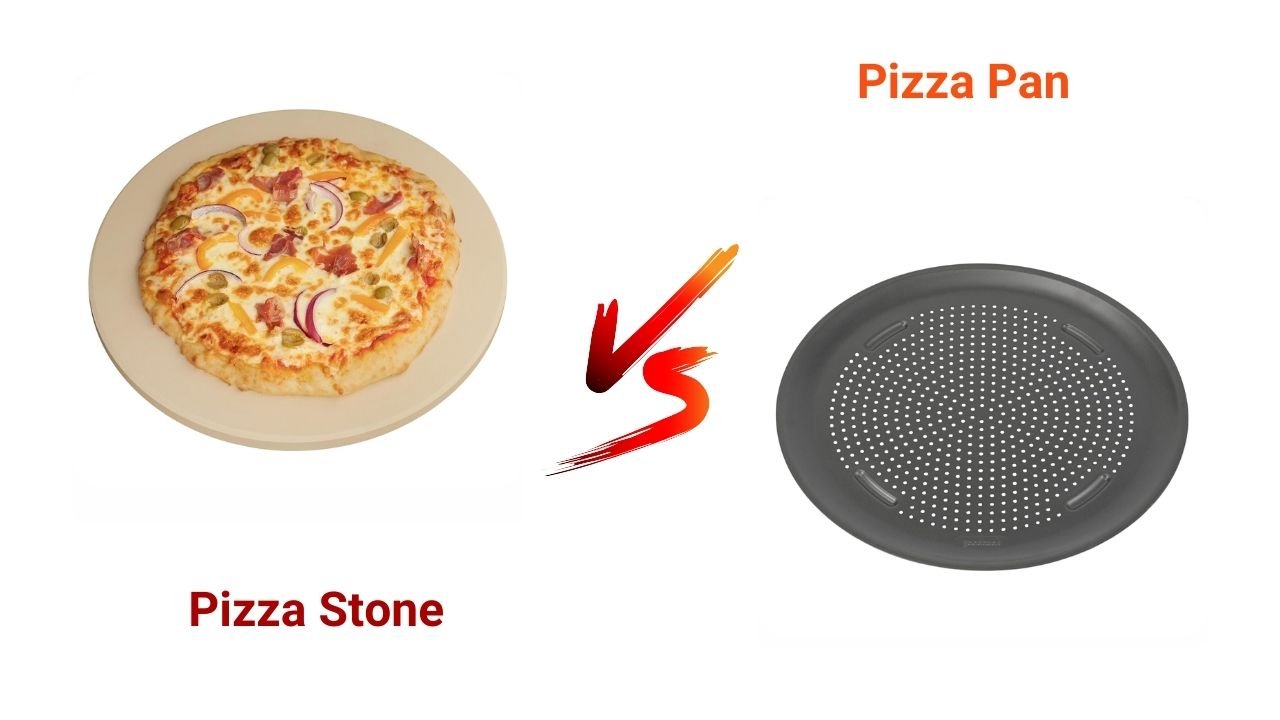
Here’s a detailed comparison based on my personal experiences:
| Feature | Pizza Stone | Pizza Pan |
|---|---|---|
| Heat Distribution | Even, mimics a brick oven. | Good but can have hot spots. |
| Crust Texture | Crispy, with a smoky char. | Crispy but less crunchy. |
| Preheating Time | Requires 30–45 minutes. | Quick, 10–15 minutes. |
| Versatility | Ideal for pizza and bread. | Works for pizza, cookies, veggies. |
| Ease of Cleaning | Scrape and rinse (no soap!). | Wash with soap and water. |
| Durability | Long-lasting with care. | Coating may wear over time. |
| Best For | Thin-crust, artisan pizzas. | Everyday, family-style pizzas. |
Winner: It depends on your needs! A pizza stone is best for artisanal, thin-crust pizzas, while a pizza pan offers versatility and convenience.
My Personal Take: Which One Do I Prefer?
After years of experimentation, I’ve found that my choice depends on the occasion. For date nights or when I’m in the mood for a gourmet experience, I reach for the pizza stone. Its ability to deliver a perfectly crispy crust is unmatched.
However, when cooking for my family or hosting a casual pizza night, the pizza pan wins for its convenience and speed. It’s easy to handle, requires minimal effort, and still produces delicious results.
If I had to pick one for beginners, I’d recommend starting with a pizza pan. Once you’ve mastered your dough and toppings, upgrade to a pizza stone for the ultimate pizza experience.
Tips for Making the Best Pizza
Regardless of the tool you choose, these tips can elevate your pizza game:
- Preheat for Success: Whether it’s a stone or a pan, preheating is crucial for a crisp crust.
- Use Cornmeal or Flour: Dust your surface to prevent sticking.
- Don’t Overload Toppings: Too many toppings can make the crust soggy.
- Invest in a Pizza Peel: This makes transferring pizza to a stone or pan much easier.
- Monitor Baking Time: Pizzas cook quickly—don’t wander too far from the oven!
Read More: Pizza Stone vs Cast Iron: What Works Best?
FAQs About Pizza Stone vs Pan
What’s the difference between a pizza stone and a pizza pan?
A pizza stone mimics a brick oven, creating crispy crusts with even cooking. A pizza pan is a versatile, beginner-friendly option ideal for casual cooking.
Which is better for thin-crust pizza?
A pizza stone is the best choice for thin-crust pizzas, as it delivers the crispiness and char you’d expect from a pizzeria.
Do you need to preheat a pizza stone or pan?
Yes! Preheating a stone is essential for even cooking. For pans, preheating isn’t mandatory but can improve crust texture.
Can I use a pizza stone on a grill?
Absolutely! Pizza stones are grill-friendly, but ensure you heat them gradually to avoid cracking.
Which is more durable: pizza stone or pan?
Pizza stones last longer with proper care but are fragile. Pans, especially cast iron ones, are sturdier but may lose their non-stick coating over time.
Can I bake other foods on a pizza stone or pan?
Yes! Use a pizza stone for bread and flatbreads, while a pan is excellent for cookies, roasted vegetables, and reheating leftovers.
How do I clean a pizza stone?
Scrape off food bits and rinse with warm water. Avoid using soap, as it can seep into the porous surface.
What’s more cost-effective: pizza stone or pan?
A pizza pan is more affordable upfront, but a high-quality pizza stone is a long-term investment for pizza enthusiasts.
Final Thoughts: Pizza Stone vs Pan
The pizza stone vs pan debate boils down to your personal cooking style and preferences. If you crave authentic, crispy crusts and don’t mind a little extra effort, a pizza stone is your go-to. For a more casual, hassle-free experience, stick with a pizza pan.
After years of making pizza at home, I’ve learned that there’s no wrong choice—only the one that fits your needs. Whether you choose a pizza stone or pan, the most important ingredient is the joy of creating delicious homemade pizza. Happy baking!

Hey, I’m Nandoza Ahammad, passionate food enthusiast and creator of narzcookingcave.com, shares delicious recipes and cooking tips worldwide.

